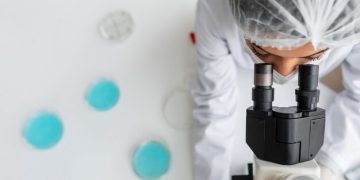
This study used an experimental method with a random systematic sampling design. In simple random sampling, every subset has an equal chance of being selected. This approach was ideal for the study, which focused on the physical and chemical characteristics of the Pantal River water.
The research involved one treatment across five sampling sites where water samples were collected. These samples underwent analysis to determine their pH, temperature, salinity, turbidity, and total hardness. The chemical properties, including concentrations of ammonia, nitrate, and phosphate, were also assessed. The results were compared to standards from the World Health Organization and the Indian Council of Medical Research, which are used by the Bureau of Fisheries and Aquatic Resources.
Water samples were taken from the Pantal River in Dagupan City, Pangasinan, starting from the lower camp of the Dagupan bridge and ending at the middle section behind Lyceum – Northwestern University General High School.
Materials used included sterile bottles, a GPS, pipettes, test tubes, a pH meter, a Conductivity Temperature Depth machine (CTD), a spectrophotometer, and other necessary reagents from the Limnology Laboratory of BFAR Bonuan Binloc.
Five one-liter transparent plastic bottles were collected, washed with detergent, sterilized with ethanol, and dried. The water collection procedure was adapted from a previous study with minor changes. The bottles were prewashed with river water to ensure they contained only the study’s water. After collection, the bottles were labeled, sealed with aluminum foil, stored in a dark box, and taken to the Limnology Laboratory for analysis.
The first sampling location was at the mouth of the Pantal River near the Pantal Bridge, where it meets the Calmay River. Other stations were set 100 meters apart. GPS was used to mark the sampling locations.
The water’s physical properties, such as temperature, pH, salinity, dissolved oxygen, and turbidity, were measured using a CTD machine. This device was submerged at each site, and the readings were digitally transferred to a computer for analysis.












































